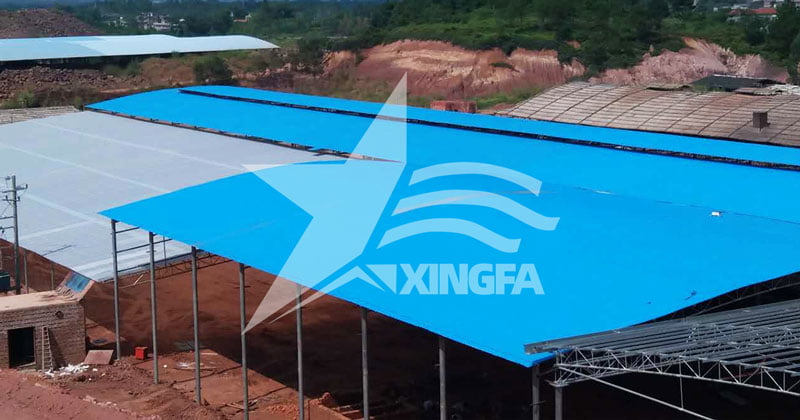When it comes to installing translucent PVC roofing sheets, FRP corrugated roofing sheets, or flexible fiberglass sheets, one of the most important factors to consider is the direction of the wind. Properly judging the wind direction is crucial to ensuring the stability and longevity of the roofing materials.

The first step in this process is to research and select the installation location based on local wind direction data. This data can usually be obtained from local meteorological agencies or online weather databases. By understanding the prevailing wind patterns in the area, it becomes possible to identify the most and least exposed areas for installation.

Once the installation location has been chosen, it is important to follow specific installation guidelines to account for the wind. For example, when overlapping horizontally, at least one wave needs to be overlapped between two resin tiles. In areas with high winds, it is recommended to overlap at least two waves to provide extra stability. Additionally, the vertical overlap distance should be 20-25 cm, with a minimum of 40 cm required in windy areas.

By carefully considering the wind direction and following the appropriate installation guidelines, it is possible to ensure that plastic roofing tiles are secure and stable, regardless of the prevailing weather conditions. This not only helps to protect the property but also extends the lifespan of the roofing materials, providing long-term benefits for property owners.

